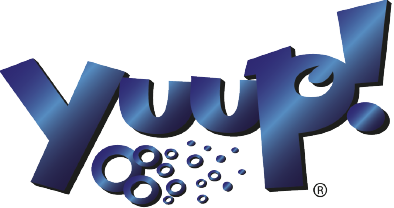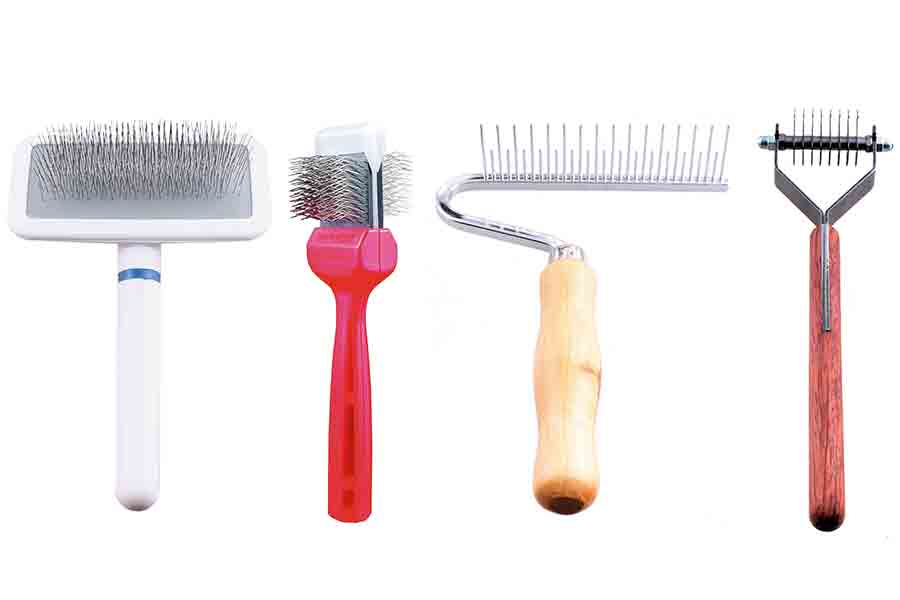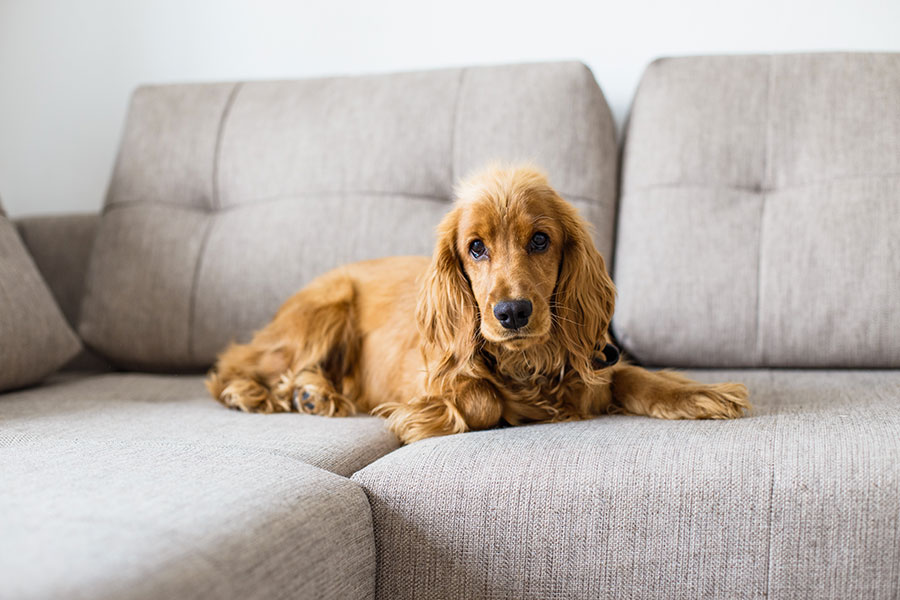
The undercoat remover: what is it for?
In some dogs the use of the undercoat remover is totally necessary.
Mainly, it allows us to remove the undercoat or dead hair that can accumulate and that we run the risk of getting tangled forming knots, forcing us to cut the section of hair that will be impossible to brush.
Brush, card or remove the undercoat?
Is it really necessary to brush, card and remove the undercoat of the dog?
The answer is yes.
If your friend has a coat so smooth and shiny that it would make Jennifer Aniston herself envious, great, she’s a parade pet! But if when you take a look at it reminds you of Robert Terwilliger…it’s time to redress it.
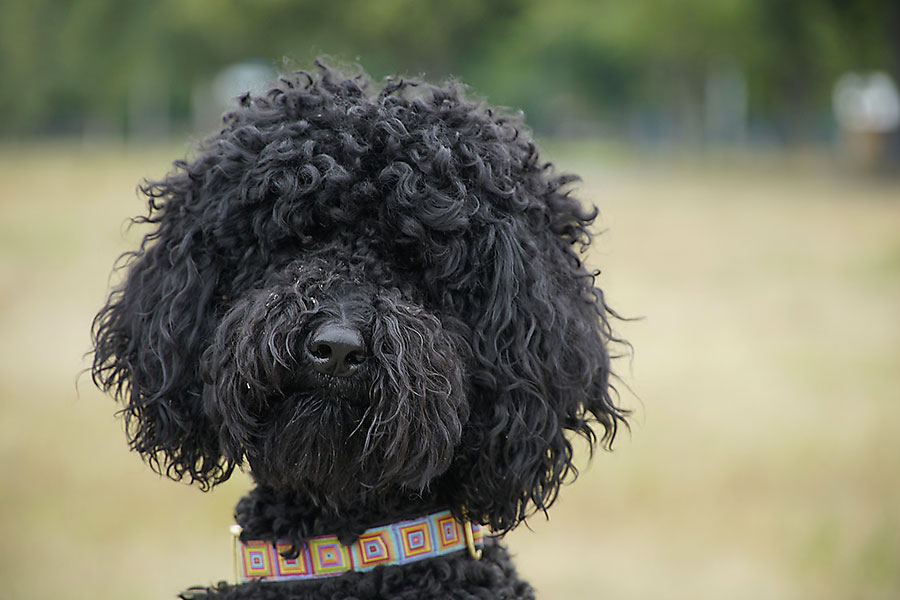
Regularly brushing the dog helps keep the coat clean, shiny and healthy for longer. For this we can use different types of brushes, based on the coat, the length and the density of the undercoat, brushing every day if possible or at least once a week.
However, sometimes the brush is not enough; we need a grooming brush that allows us to remove the hair during shedding (…this way, when the warmth of spring arrives, we will avoid vacuuming the hair at close range).
On the other hand, if you have a dog with a soft and corded coat, it has probably happened to you that, while taking the daily walk, someone commented with amusement “Hey look, a sheep on a leash!” And what about the little mongrel with a fragile appearance but with an undercoat so dense that it could live safely in the Arctic?
And the undercoat removal?
Removing the undercoat is a very simple grooming technique, but it requires experience and manual skill. It consists in the elimination of the undercoat that invades the covering hair and that alters the normal texture of the hair.
This undercoat removing technique is very important in crisp-haired breeds as preparation for Stripping (e.g.: West Highland White terrier, Fox, Schnauzer, Jack Russell) and for long-haired breeds (e.g.: Shitzu, English and American Cocker, etc.). It is not used on the Maltese, Yorkshire or Poodle.
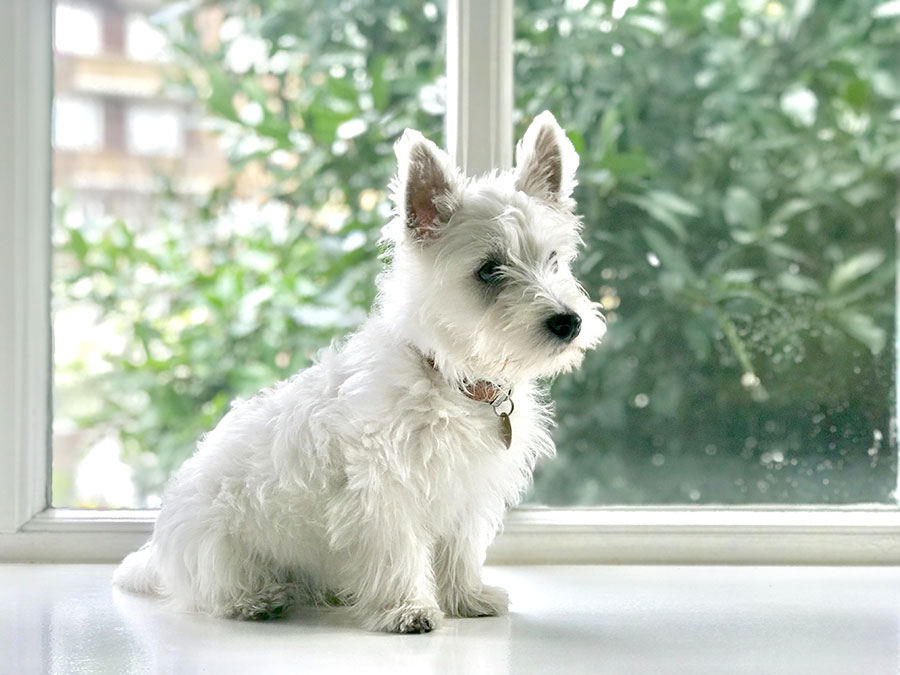
To know if it is correct to proceed with the undercoat removal or not, it is important to know the texture of our dog’s coat.
Undercoat removal is not necessary for dogs with automatic shedding (e.g.: Samoyed, German Shepherd, Alaskan Malamute, etc.), because the undercoat is naturally removed during shedding.
But instead, the dog groomer must perform the undercoat removal of dogs of mechanical shedding breeds, in other words the breeds that do not shed automatically.
Removing the undercoat of the dog is a matter of care and health
Removing dogs undercoat is not only a matter of beauty (although yes, appearance also counts, as we will see later); It is an operation that is normally carried out by the professional groomer, who will proceed to remove the undercoat that hasn’t fall of the coat.
The undercoat is removed for a matter of well-being when an excess takes the coat under stress due to atmospheric agents. For example, if the coat gets wet, the undercoat does not allow fast drying; and if there are high temperatures, the same undercoat does not allow the skin to breathe and aerate.
Of course, the undercoat is also removed for aesthetic reasons, since it makes the smooth coat look excessively voluminous, frizzy or wavy, modifying the lines of the breed in precise parts, such as the back.
Grooming brush or undercoat remover, what is the difference?
The grooming brush and the undercoat remover are two completely different grooming tools and can be used in sequence.
With the grooming brush we eliminate the undercoat of the shedding and prevent the formation of knots, because it is not a tool that removes “usefull or alive” undercoat.
On the other hand, with the undercoat remover, we only remove the undercoat that needs to be taken out.
It is a tool composed of an ergonomic handle and a toothed part with different shapes.
The different teeth, called blades because they are sharp (e.g.: 8-blade, 12-blade, 23-blade, etc.), act on the hair in different ways.
Therefore, for a correct undercoat removal, it is necessary to use more than one undercoat remover in sequence. At the beginning, thinning rakes with fewer teeth (e.g.: 8-10 blades) are used, to later move on to intermediate teeth (e.g.: 12-16 blades) and finish with dense-toothed undercoat removers with teeth closer together (e.g.: 23-30 blades).
How to use the undercoat remover (no, it’s not a torture tool)
The undercoat remover is a tool that, when skilfully used, preserves the dog’s coat.
It is used as a handle comb, stretching the dog’s skin well before use. With a firm and delicate hand, it is passed over the entire body, carefully following the anatomy of the dog, without pressing on the skin because the blades are sharp.
It goes mainly through the back, the sides and the legs (never through the snout), always following the anatomy; it is important to take special care of the intimate parts and the belly. It is also essential not to press the paws with the blades, since we can hurt our four-legged friend.
Can we prevent knots in the coat?
Yes, we can prevent knots in the dog’s coat with the right products.
Surely Marley with his dreadlocks is fabulous and makes us proud to walk a dog that is different from his friends in the neighbourhood. But for him (and for you) maintaining adequate hygiene and above all, inspecting the skin (important to combat fleas and ticks) will be a difficult task.
Fear not, there are special shampoos and conditioners that will help you tame those unruly curls or that mane of the king of the savannah.
Restructuring and detangling shampoos for dogs allow us to obtain soft and easy-to-brush hair, simultaneously fortifying the roots. For long-haired dogs, there are special shampoos that use key ingredients such as rice proteins and phytoceramides to strengthen the coat and leave it silky.
If the mane is especially indomitable, detangling conditioners are a good ally, since they guarantee manageable brushing (Luna will thank you!).
Lastly, for the most careless coats (those that look like you’re sticking your hand in a spider’s nest…) the detangling and conditioning spray is miracle worker, as it will help us soften our friend’s coat.
